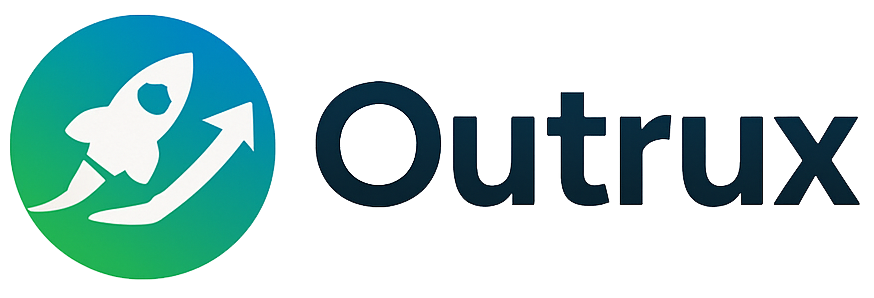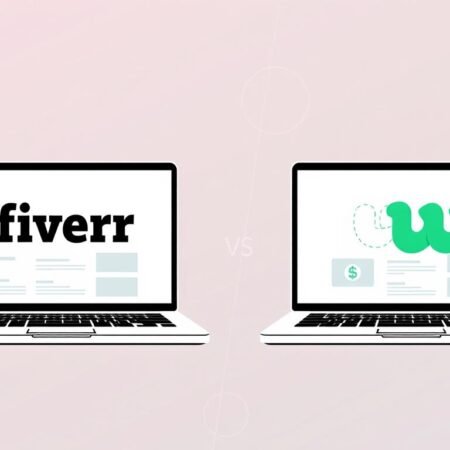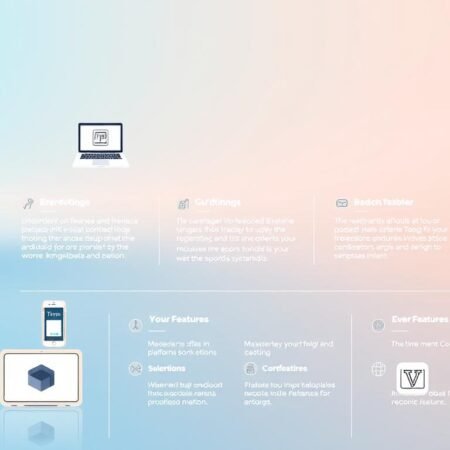What if your keyboard could become a 24/7 money machine? The digital economy has quietly birthed opportunities that let you earn while focusing on life’s bigger priorities. Among these, one method stands out for its simplicity and explosive growth potential.
Since 2018, productivity enthusiasts have transformed the way teams and individuals organize their lives. Platforms like Notion have become essential tools for millions seeking order in chaos. But here’s the twist: savvy creators discovered something far more valuable than personal productivity.
Top performers in this space now generate five-figure monthly incomes through customizable digital tools. Take Easlo, who reportedly hit $20,000/month by October 2022. Their secret? Designing solutions so valuable that customers happily pay for convenience.
This guide reveals how anyone can tap into this booming market without technical skills or large investments. You’ll learn why these digital products require minimal upkeep after launch and how they scale effortlessly. The best part? Your initial effort keeps paying dividends long after the work is done.
Ready to unlock a system that works while you rest? Let’s explore how strategic design meets evergreen demand in today’s productivity-obsessed world.
Why Notion is a Game Changer for Passive Income
The digital age demands tools that adapt to multiple needs without requiring constant updates. This is where streamlined platforms shine, offering endless customization while keeping maintenance low. Their ability to merge personal and professional workflows creates unique opportunities for savvy creators.

One Tool, Infinite Possibilities
Imagine combining your calendar, task manager, and file storage into a single workspace. That’s the magic of this platform. Users craft systems for grocery shopping, client onboarding, or even fitness tracking—all within the same interface. This flexibility means your solutions can serve students, CEOs, or freelancers equally well.
Digital Products: The Modern Goldmine
Once you design a valuable asset, it works for you indefinitely. Unlike physical goods, digital items require no inventory or shipping. A well-built system solves problems for thousands simultaneously, turning initial effort into recurring revenue. Best part? Updates are optional—your creation keeps earning even when you’re offline.
Market demand grows as more people seek time-saving solutions. Whether it’s a budget tracker for families or a project roadmap for startups, your work addresses real pain points. This alignment between user needs and scalable products makes the model sustainable long-term.
Exploring Notion’s Marketplace and Creator Tools
Navigating the digital marketplace landscape just got simpler with integrated solutions. The platform’s hub connects your work directly with millions seeking organized workflows. Over 40 million users regularly explore this space for tools that simplify their daily routines.

Setting Up Your Creator Profile
Your digital storefront starts at notion.so/profile. Choose visuals that reflect your brand—a professional headshot and cohesive cover image work best. Craft a bio that highlights your expertise in building efficient systems.
Include specific examples of your work. Mention if you specialize in academic planners or team collaboration dashboards. This clarity helps buyers instantly recognize how your offerings solve their problems.
Utilizing Trusted Payment Systems
The platform partners with Stripe to handle transactions securely. Once connected, you’ll manage refunds, analytics, and payouts without leaving your workspace. Automatic emails keep customers informed while protecting your content through access controls.
Build lasting relationships by collecting email addresses during purchases. This lets you share updates about new products or exclusive tips. With payments processed through a system trusted globally, you can focus on what matters—creating value.
Identifying Your Audience and Niche
Your ideal customer isn’t a mystery—they’re searching for solutions you can provide. Start by aligning your expertise with specific groups needing organized workflows. Passionate about student productivity? Focus on academic planners. Run a small business? Design tools that simplify inventory or client management.

Researching Competitors and Gaps in the Market
Analyze top-selling products in your chosen niche. Look for missing features or outdated designs. A study of 1,200 digital creators found that templates addressing specific pain points outsold generic ones by 73%.
| Competitor | Features | Price | User Reviews |
|---|---|---|---|
| Notion Hub | Basic task tracking | $15 | “Needs more customization” |
| TaskMaster Pro | Time-blocking system | $27 | “Great but no budget tools” |
| LifeFlow | Fitness + meal planning | $20 | “Too complex for beginners” |
Leveraging Audience Feedback
Ask directly: “What’s your biggest daily challenge?” Use Instagram polls or email surveys to gather insights. One creator increased sales by 40% after adding a habit-tracking feature requested by followers.
Review your personal workspace for proven systems. That project timeline you built last quarter? It could become someone else’s secret weapon. Validate ideas quickly—share mockups in Facebook groups or Reddit communities before finalizing.
Create & Sell Notion Templates: Step-by-Step Process
Turning ideas into income starts with understanding what the market needs. A recent survey showed 68% of successful digital products solved problems competitors overlooked. Your journey begins by spotting these opportunities and crafting solutions users can’t resist.

Spotting Opportunities Through Research
Study top products in your niche using this simple framework. Look for missing features or outdated designs. Check reviews for recurring complaints—these reveal unmet needs.
| Popular Product | Strengths | Weaknesses |
|---|---|---|
| Workflow Wizard | Advanced automation | No budget tracking |
| Student Pro | Exam planners | Lacks meal schedules |
| Biz Dashboard | Client management | Complex interface |
Crafting and Perfecting Your Solution
Build your framework using blank pages to avoid accidental data links. Test every button, filter, and dropdown. One creator found 23 errors during testing—fixing them boosted their sales by 60%.
Add visual flair with custom icons and color-coded sections. These touches make your product feel premium. Remember: aesthetics influence perceived value.
Guiding Users to Success
Provide multiple learning options. Embed quick-start notes in key sections. Include a PDF cheat sheet for advanced features. Video walkthroughs work best for visual learners—keep them under three minutes.
Clear guidance reduces support requests and builds trust. Users who understand your system become repeat customers. That’s how you turn first-time buyers into lifelong fans.
Designing and Testing Your Notion Templates
The journey from concept to profit peaks when your digital tools meet real-world needs. This final stage transforms rough ideas into polished assets that users love. Let’s explore how to refine your work for maximum impact.
Enhancing Visual Appeal and Functionality
Color schemes matter more than you think. A study found templates with cohesive palettes sold 34% faster than plain versions. Use contrasting hues for key sections and subtle gradients for headers.
Test every interactive element thoroughly. Buttons should trigger correct actions, while dropdowns must display accurate options. One creator fixed a broken filter system and saw refund requests drop by 80%.
Gathering Feedback for Improvements
Share early versions with 5-10 beta testers. Ask specific questions: “Was the budgeting section intuitive?” or “Did the habit tracker meet your needs?” Real-world insights often reveal overlooked flaws.
Update your design based on recurring suggestions. A fitness template creator added adjustable workout durations after multiple requests—sales jumped 55% post-update. Remember: your best critics become your biggest advocates.
Polished products build reputations. When users see thoughtful design and responsive updates, they’ll return for future solutions. That’s how passive income becomes predictable income.











